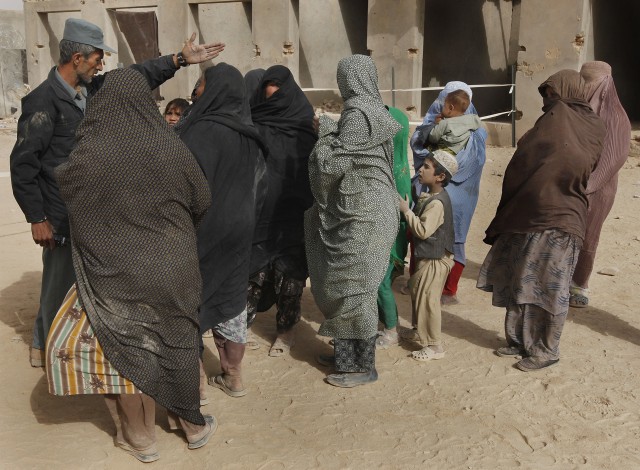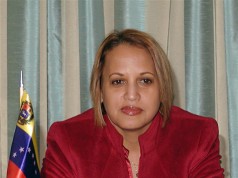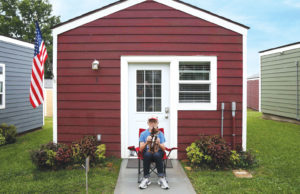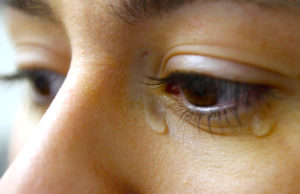
The country now has around 5.7 million children in
school, of whom 35 percent are girls. There are 8,000 schools,
including several hundred just for girls. Under the
However, the reality for women is much grimmer.
The bulk of the girls’ schools actually operate in the capital,
Women’s access to health care, especially reproductive health care, is
hampered by untrained midwives and a lack of access to doctors.
Although women have representation in parliament, they don’t have a
real voice in the government.
“For many years …
and other international players have not given human rights, including
the rights of women and girls, enough weight in their discussions with
the Afghan government,” said
“They have allowed for unsavory characters to return
to power, who have been responsible for abuses and who are no friends
to Afghan women and girls.”
Efforts to help pull Afghan women and girls out of
circle of poverty and neglect are clashing with powerful, conservative
leaders and repressive traditions in some Afghan communities.
Women not only continue to lack access to healthcare
and education, but they also lack legal protections. They continue to
confront pervasive violence and early marriages. After nine years and
“Recognize the women in
and the international community of women’s rights allow Afghan men in
(a) different state institution to continue to ignore women’s rights.”
Officially, the central Uruzgan province in
Of the hundreds of girls who go to school, “only 4 percent of secondary school age girls reach grade 10,” said
While a large number of children are listed as going
to school, many attend classes irregularly. For some girls, schools are
too far away. Most say education isn’t given much importance in their
communities and girls feel pressured into early marriage, a report from
Samar’s organization said.
There are other roadblocks, too.
For instance, in the northwestern province of
Faryab, two shopkeepers who are brothers are listed as the principal
and the teacher of a school. However, they draw the salaries of seven
teachers between themselves, Samar said.
Last year, the U.S. provided
While economic and social reconstruction efforts
that include education get almost a third of U.S. funds, efforts to
ensure human rights get the least amount of money, according to a
Government Accountability Report published last year.
Early last month, Afghan President
“We want to see a reformed
Women’s rights activists say there can be no “moderate”
“In the whole process of reconciliation, there was no consultation with women,” Samar said.
Women’s rights activists are alarmed that there is
no mention of crimes against humanity and war criminals during the
reconciliation process.
“They can’t just come and get another position in the government,” she said, referring to the
While the U.S. hopes that Karzai will push a bill in
parliament on the elimination of violence against women, rights
activists said they doubt the president’s commitment.
A new law that requires a woman to ask permission to
leave the house except on urgent business, to “dress up” for her
husband when demanded, and to not refuse sex when her husband wants it,
as well as the government’s continued alliance with warlords and
“
While the rights activists would like to see war criminals weeded out from the political process, it would be harder to do so.
After years of neglect from the international
community, including the U.S., on building a system in place to
penalize war criminals, Samar fears the same people will run for future
elections.
The crimes against humanity, committed during the
lengthy war in the early 1990s, include sexual violence against women,
the illegal shelling and rocketing of civilian areas, the abduction and
murder of civilians, and the pillage of civilian areas.
The issue of access to basic health services is
another area where the gap between the intentions and impact of
policies is evident.
According to U.S. officials, around 85 percent of Afghans have basic health services, compared with 8 percent during the
“But we still face the same problems,” Samar said. “In many parts of
While the number of rural clinics has increased, including 680 clinics built with U.S. funds,
Afghan women also have no access to birth control, Samar said.
As a token gesture, 25 percent seats in the Afghan parliament are reserved for women.
“These women are not independent of most of the powerful men in the parliament,” Samar said.
“While there have been some improvements since the
for women and girls, some of these trends now may be going in the
opposite direction because of the growing insecurity and increasing
power of conservative elements within the Afghan political system,”
Wadhams said.
———
(c) 2010, McClatchy-Tribune Information Services.
Visit the













